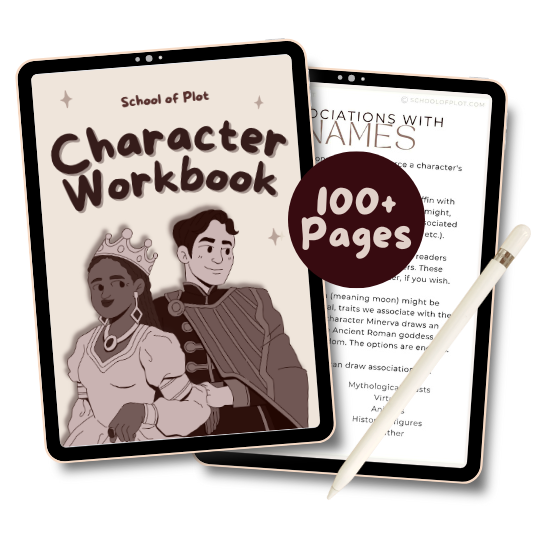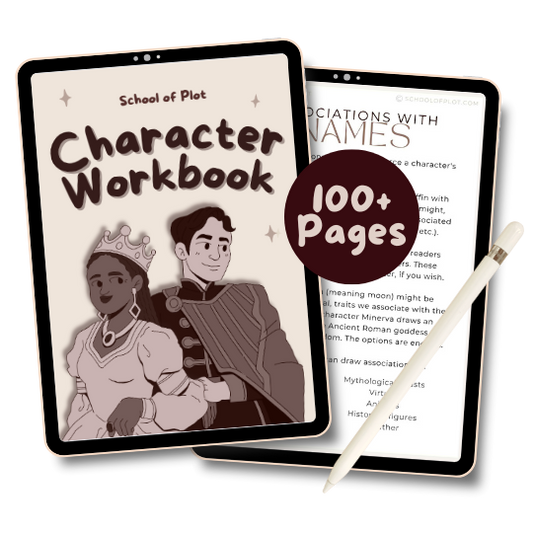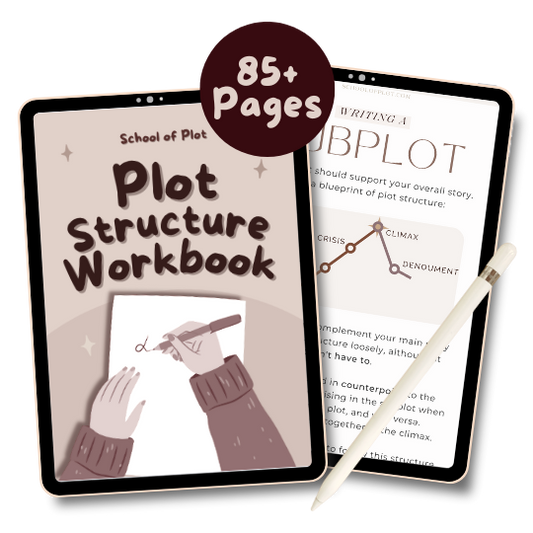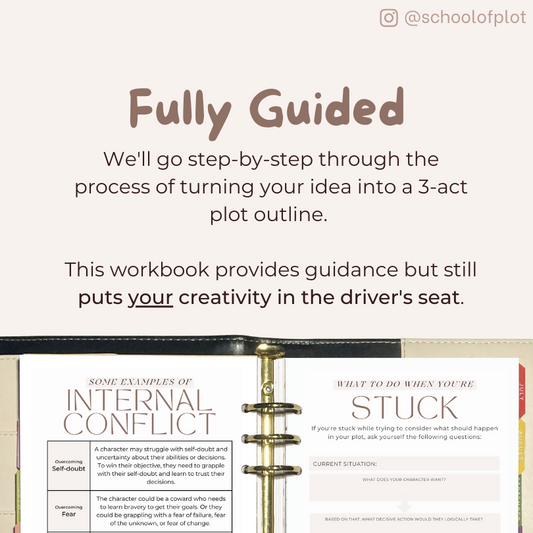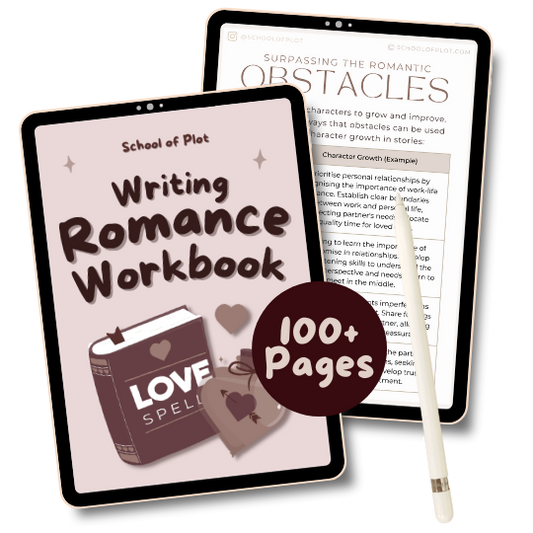The meaning of food isn’t always fixed. Try and think of this guide less as a 1:1 cheat sheet and more as a series of common ways food is used in literature to symbolise certain traits or concepts. You don’t have to stick with these common meanings if you don’t want to, or if your story’s culture assigns different meanings to any of these foods.
Food can be an easy way to reveal things about your characters. Does your hero make do with stale bread while the villain scoffs down lobster? Does your hero’s sweet little sister eat a vanilla cake before being mercilessly exploded right before Act 3? (I know you guys love doing stuff like that, I’m onto you.)
| Apples |
Knowledge, sin, health, temptation
|
| Bread |
Hard work, life, sustenance, communion
|
| Meat |
Strength, power, savagery, indulgence
|
| Cake |
(Over)indulgence, sweetness
|
| Milk |
Innocence, nurturing
|
| Honey |
Sweetness, love, temptation
|
| Soup |
Comfort, nourishment, healing
|
| Eggs |
New beginnings, birth, fertility, fragility
|
| Lobster or champagne |
Luxury, wealth, status
|
| Pork |
Indulgence, fortune, laziness
|
| Pomegranate | Life, fertility |
| Salt |
Preservation, purification
|
| Figs |
Abundance, fertility
|
